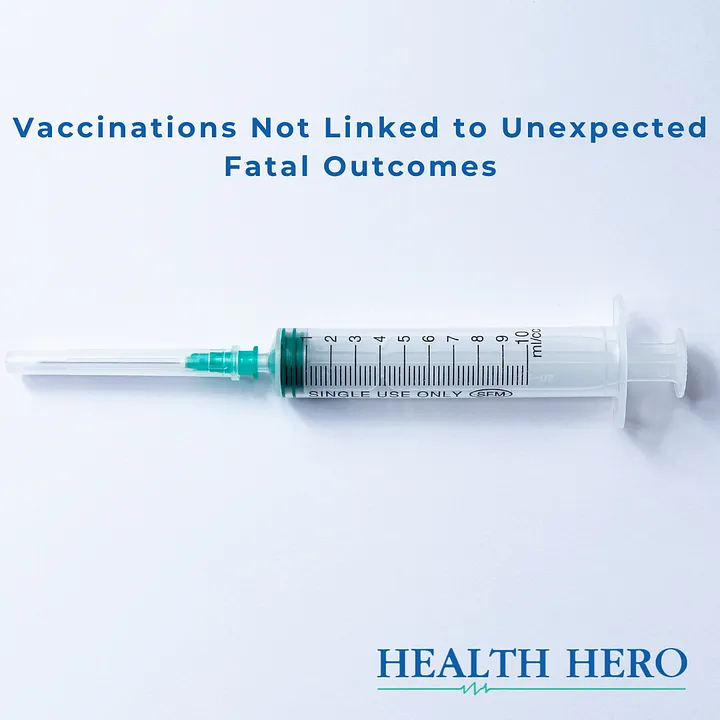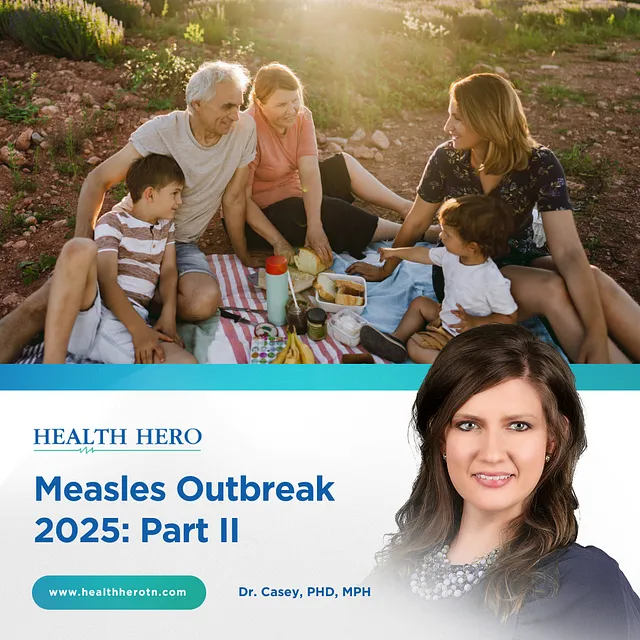Among the public health interventions, vaccines are considered one of the most effective and affordable options. They play a role in controlling and managing diseases, ensuring that individuals, especially those at high risk, are protected from severe health complications in the long term. However, there is misinformation circulating about the safety and effectiveness of vaccines which can lead to fear and skepticism among groups. In this blog post, we aim to explore the basis of vaccinations, address misconceptions surrounding them examine their impact on specific populations, and emphasize the responsibilities of governments and healthcare professionals in ensuring widespread vaccine access. Additionally, we will provide suggestions for action in this regard.
Exploring the Scientific Evidence
To help people make informed decisions about vaccinations, it is crucial to explain all the terminology related to immunizations. This involves providing information on the types of vaccines available, how they work to protect against infections, and any potential side effects they might have. By doing so, we can create an environment where individuals feel empowered to make their healthcare choices while ensuring that governments have the necessary evidence to implement public health policies that focus on providing access to safe and effective immunization programs.
Misunderstandings About Vaccinations That Need Clarification
Despite evidence supporting their effectiveness and safety, there are still prevalent misconceptions regarding vaccinations. It is crucial to understand that vaccines are not associated with death or any other catastrophic medical events. They have proven safe, efficient, and free from dangerous ingredients. Moreover, relying solely on exposure is insufficient in providing immunity against diseases.
One of the spread myths revolves around the belief that vaccines cause autism. This misconception originated in 1998 when Andrew Wakefield’s study suggested a connection between the measles mumps rubella (MMR) vaccine and autism in children. However, numerous subsequent studies have thoroughly debunked this link. A comprehensive meta-analysis involving over 1 million children has provided “ evidence” that no association exists between the MMR vaccine and ASD (autism spectrum disorder).
Another common misunderstanding is that natural exposure to diseases can be equally effective as immunization for safeguarding individuals from illnesses. While it may be true that some diseases can be contracted naturally without consequences for people, intentionally seeking out such exposure is not advisable. Natural exposure carries risks such as illness or even death, which can easily be prevented through vaccination.
It has been demonstrated through studies that achieving herd immunity relies on immunization programs. This means that individuals who choose not to get vaccinated not only put themselves at risk but also expose others to illnesses. Additionally, there are misconceptions about vaccines containing substances like formaldehyde or mercury. However, these ingredients are present in quantities in some vaccines and are well below the safe levels recommended by health authorities worldwide. They pose no threat to health when used appropriately according to recommended immunization schedules. It is crucial to debunk these claims surrounding vaccinations so that the public can make decisions about their health and the well-being of their communities. Governments should ensure access to information so that individuals can make choices regarding vaccination. Simultaneously, medical professionals must prioritize educating patients, populations who may face barriers due to misinformation or socioeconomic factors beyond their control.
The Impact of Vaccinations on At-Risk Communities
Vaccines play a role in protecting individuals from preventable diseases.
Different age groups, including infants and the elderly, require attention when it comes to getting vaccinated. Their immune systems may be weaker, making them more susceptible to infections. For example, young children can be protected from illnesses like measles and whooping cough by following the recommended vaccination schedule. Pregnant women should also receive vaccines to protect themselves and their babies from vaccine diseases like pertussis during pregnancy and early infancy.
The elderly also need consideration regarding immunizations due to their weakened systems. Additionally, doctors should consider an individual’s health history before prescribing vaccines to ensure the dosage and frequency for effectiveness. Those undergoing chemotherapy or other treatments should discuss vaccination risks with healthcare providers before deciding.
To ensure that people across all age groups and backgrounds have access to and uptake these preventive measures, governments should develop comprehensive national vaccination strategies that specifically address the needs of vulnerable populations.
To safeguard our communities and protect individuals from life-threatening diseases that could have been prevented through proper immunization protocols, it is essential to reduce instances of infectious diseases.
The Role of Government and the Medical Community
Vaccinations are crucial for health, and governments and medical professionals have a role in ensuring access to these life-saving preventive measures. Governments bear the responsibility of providing resources and funding for vaccination programs while also guaranteeing access to effective vaccines for everyone, regardless of their social background. Additionally, they should establish strategies that prioritize equitable distribution of vaccinations across different communities.
The medical community also plays a role in facilitating access to vaccinations. Healthcare providers must take responsibility for vaccinating their patients by conducting monitoring and quality assurance checks. They should stay updated on research regarding immunizations so that they can provide information about the benefits and risks associated with each vaccine. Lastly, medical providers need to ensure that pregnant women receive vaccinations against diseases through vaccines.
Public and Private Sectors Collaborating is Crucial in Ensuring Access to Vaccinations
Governments can form partnerships with companies, nonprofit organizations, universities, and other entities to enhance vaccine availability at prices without compromising safety standards. These collaborations are essential for promoting the distribution of vaccines across communities and alleviating the financial burden on individuals or governments unable to afford them independently. Governments and the medical community must work hand in hand to ensure that safe and effective vaccinations are accessible to everyone. Adequate funding, accountability measures, private partnerships, and comprehensive national strategies are elements that can safeguard vulnerable populations from preventable diseases through vaccination.
Taking Action and Raising Awareness
Taking measures and raising awareness play a role in protecting individuals and communities from potentially life-threatening illnesses. However, many people lack access to vaccines or awareness about their significance. Hence, it becomes crucial to educate the public about the benefits of immunization while advocating for policy changes that support vaccination initiatives.
Sharing success stories of individuals becomes instrumental in building a narrative around immunizations, especially in countries with limited healthcare accessibility. These stories effectively demonstrate the effectiveness of vaccines in safeguarding people’s health. Additionally, organizing vaccination campaigns in areas where accessibility is a challenge ensures the availability of vaccines for all demographic groups.
Furthermore, it is crucial to create a plan that guarantees fair access to vaccines for everyone, irrespective of their income or where they live. To overcome any obstacles and promote awareness about the importance of getting vaccinated against illnesses, governments should allocate resources and funding. Additionally, healthcare providers should offer information to their patients regarding the advantages and potential risks of each vaccine. By undertaking these measures, we can make the most of the benefits that immunizations provide for all individuals.
. . .
Sources:
Vaccines and immunization: Myths and misconceptions
Misconceptions About Vaccines
Bust Myths and Learn the Facts about COVID-19 Vaccines
National Library of Medicine
Vaccines and Autism
Andrew Wakefield’s Harmful Myth of Vaccine-induced “Autistic Entercolitis”
Do Vaccines Cause Autism?
Immunization Agenda 2030
Immunization Coverage
A Brief History of Immunization
Vaccines Protect Your Community
Pandemics: Risks, Impacts, and Mitigation
The State of the World’s Children 2023
Public-Private Partnerships and CDC
Equity in Adult Vaccination
Vaccine Hesitancy: Contemporary Issues and Historical Background


